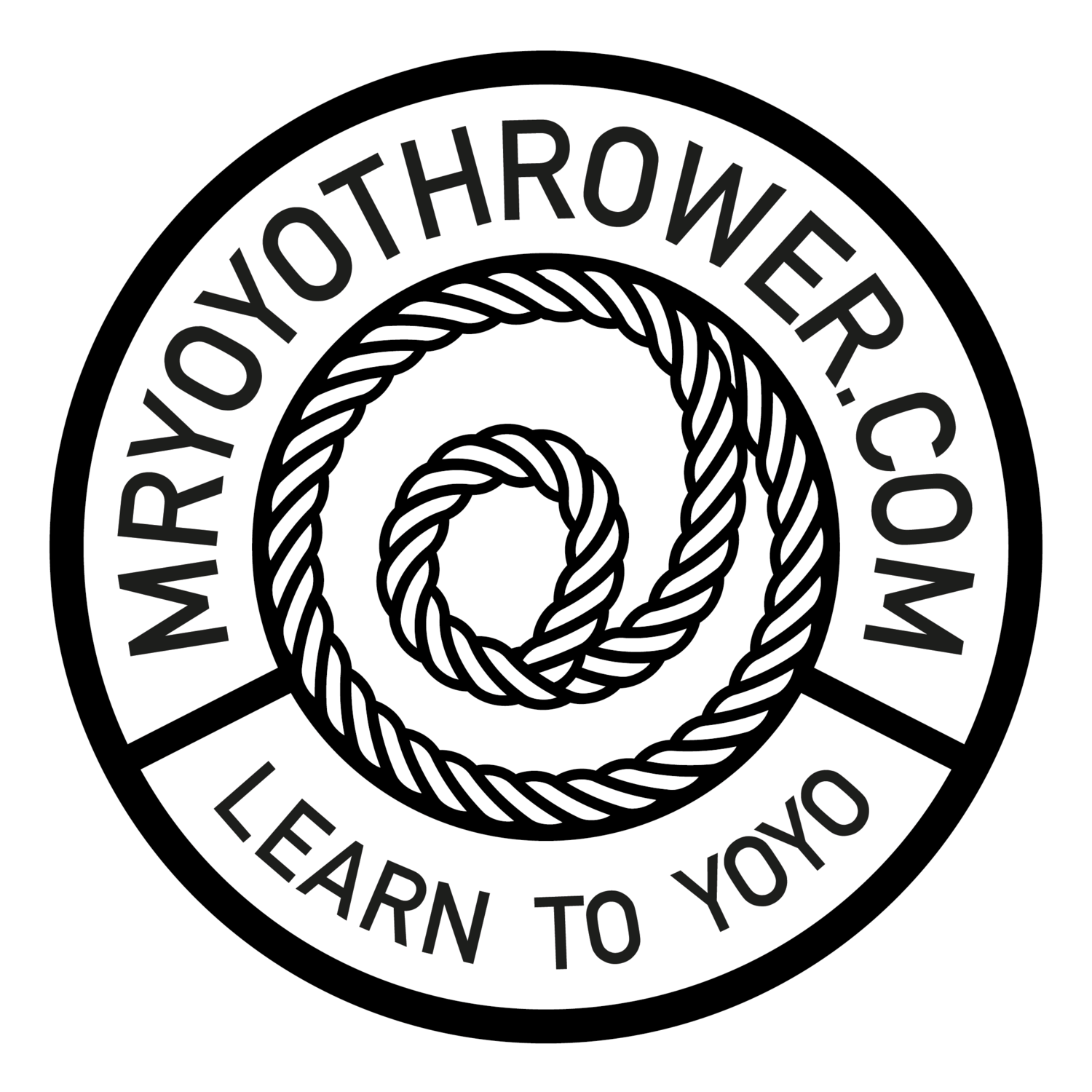What makes any one yoyo better than another? The short answer is that if they are designed and produced by anyone with an ounce of design sense and based on modern yoyo standards, absolutely nothing.
I have this conversation all the time when I’m selling yoyos, particularly to parents of kids who have just got into the sport.
“Which one is the best?”
(Hold these 5, throw each one. Which one do you like? Then that one is the best)
“Why does this one cost me twice as much as that one?”
(Because it cost me twice as much from the manufacturer)
“I have a Shutter, which one is better than a Shutter?”
(All of them, none of them)
In reality the answer is very much a complicated one. When I started throwing 8 years ago design was still being figured out. You had Yoyojam still making their plastic hybrid throws with starburst and 0-ring response, and there were quite a few yoyos on the market that ranged from boring or adequate all the way to downright terrible yoyos. Manufacturers were still learning the right sizes and shapes for optimal performance. “Undersized” yoyos were still the norm, I remember when SPYY released the “Pro” it was unusually wide, now it’s considered average width. There was also still room for ‘modding’, the act of taking a yoyo and adjusting it’s design by adding or taking away parts or by physically changing the shape. Gap widths were still reasonably narrow, you could buy ‘shims’ to widen the gap.
Now things are different. Few companies can afford to make anything other than a narrow range of shapes and designs. Yoyos generally conform to established widths, diameters and weights with limited variation, because that’s what sells. The result is that one yoyo really is as good as the next on a fundamental level.
What does that leave the shopper to work with? Preference. Within those narrow acceptable parameters there is still a large range of designs. Where the weight sits on a yoyo can dramatically affect how it plays on the string. The curve of the gap can either fit your hand comfortably or not, depending on the size of your hand, how you catch and how you hold the yoyo. The style of play you choose and the players you emulate will lead you to a shape that works well for a given style of tricks. If you are like me, a lighter yoyo is preferable. I don’t play at the speed or level of complexity that more serious yoyoers do, and they often prefer more weight (we are talking a small range, from 62-68g).
Price is meaningless, beyond the constraints of your pocketbook. Gentry Stein showed that using a $12 plastic yoyo to win a national title. You can spend $1000 on a yoyo. Is it going to play ‘better’ than the $12 plastic yoyo? Probably. $978 worth of better? Certainly not. The cost of a yoyo has so little to do with the design and play of a yoyo as to be insignificant. You have the choice when buying a yoyo of choosing to spend your money on a yoyo (buying because of what it is), or spending your money to buy a brand name (buying a yoyo because it says Duncan or Yomega on it).
So back to the original question: What makes one yoyo better than the other?
You.
